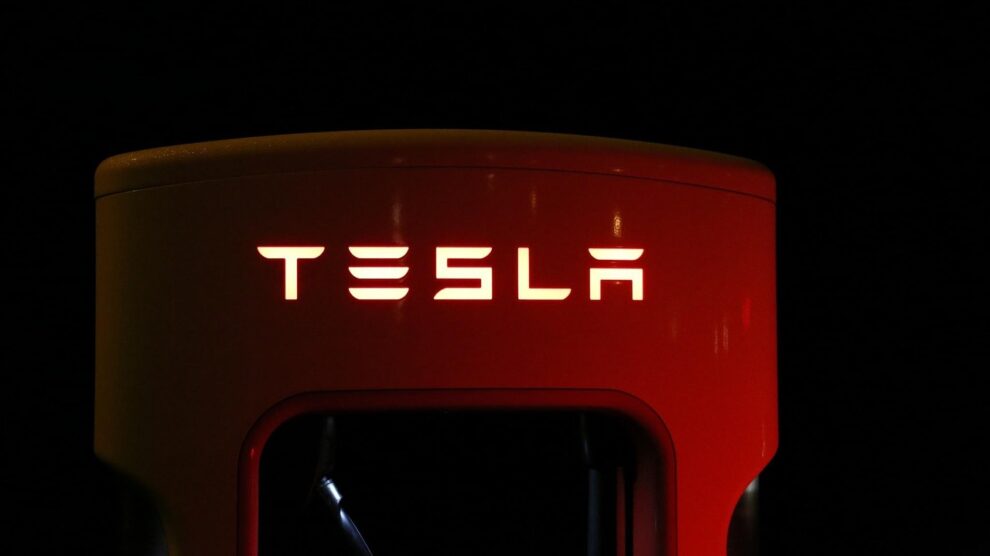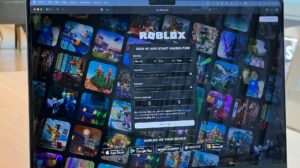Owning a Tesla in San Francisco is a lifestyle choice as much as a transportation one. Smooth acceleration, zero emissions, and the quiet hum of innovation — it’s everything Bay Area living stands for. But for many homeowners, the real question isn’t whether to buy an EV. It’s how to charge it at home without turning the garage into a science project.
The answer starts with the basics: hiring a qualified electrician in San Francisco who understands the city’s unique mix of historic homes and cutting-edge tech. Whether you live in a century-old Victorian in the Mission District or a sleek modern townhouse in SoMa, proper preparation is essential for a safe and efficient charging setup.
Here’s what every San Francisco homeowner should know before starting a Tesla charger installation — from power capacity to permits.
Check Your Home’s Electrical Panel Before Anything Else
Think of your electrical panel as your home’s heart — it pumps power to every device, appliance, and outlet. But not all hearts are created equal. Many older San Francisco homes were built long before anyone imagined an electric vehicle drawing 40 amps nightly.
Before installation, a licensed electrician will:
- Inspect your panel’s capacity (measured in amps).
- Identify open circuit breaker slots for the new charger.
- Check for signs of outdated or overloaded wiring.
If your home still runs on a 100-amp panel, an upgrade to 200 amps might be necessary to safely support an EV charger, HVAC, and other modern devices. This isn’t just a formality — it’s a matter of safety and performance.
Homeowners often discover that upgrading the panel now saves money later, since it prevents tripped breakers and allows room for future improvements like solar panels or smart home systems.
Choose the Right Charging Setup for Your Lifestyle
Tesla offers several charging options, but not every setup suits every household. The two most common choices are:
- NEMA 14-50 outlet (Level 2 charging):
A versatile and relatively affordable option that can charge your Tesla overnight. It’s a great pick if you occasionally travel or want flexibility for different EV brands. - Tesla Wall Connector:
Sleeker and faster, this is the gold standard for home charging. It delivers up to 44 miles of range per hour, perfect for daily commuters or multi-car households.
Whichever you choose, professional electric car charger installation in San Francisco ensures proper wiring, grounding, and adherence to city code — something that DIY attempts or unlicensed work can’t guarantee.
Know the Local Codes and Permitting Requirements
San Francisco is known for two things: beautiful views and detailed permits. Installing an EV charger may seem straightforward, but it often requires coordination with the city’s Department of Building Inspection.
Your electrician will typically:
- File a simple electrical permit.
- Ensure your installation meets Title 24 energy code standards.
- Verify grounding, conduit, and breaker sizing compliance.
The good news? The city encourages EV infrastructure. Permits are processed faster than most remodeling projects, and rebates or incentives may apply depending on your setup.
Pro tip: If you live in a condo or apartment, your HOA or building manager may also need to approve the installation. Having a professional handle both the paperwork and technical details keeps everything smooth and compliant.
Plan for the Location and Accessibility of the Charger
The perfect charging spot balances convenience and safety.
Before the first cable is even pulled, your electrician will help you decide:
- How far the charger should be from your parking space.
- Whether conduit will run inside or along exterior walls.
- If any trenching is needed (for detached garages or carports).
A clean, well-planned installation keeps cords organized, prevents tripping hazards, and ensures your car connects easily every time. It’s a small design detail that can make your daily routine far more seamless.
For homes without a garage or driveway — a common scenario in San Francisco — there are creative solutions. Some homeowners install curbside chargers or use load-sharing systems approved by the city. The right electrician in San Francisco will know how to make it happen within local regulations.
Consider Future-Proofing Your Home
Electric vehicles are just the beginning of home electrification.
Once you install a Tesla charger, you’ve opened the door to broader energy upgrades — solar panels, battery storage, and smart load management systems that automatically balance your home’s power use.
Future-ready installations often include:
- Conduits for additional chargers (if you buy another EV).
- Subpanels dedicated to garage power use.
- Integration with home energy monitoring apps.
With California aiming to phase out gas vehicle sales by 2035, an EV-ready home is more than a convenience — it’s an investment in long-term property value. Realtors are already seeing listings with “EV-ready garage” tags attract more attention and higher offers.
The Cost Breakdown: What to Expect
The total cost of a Tesla charger installation varies depending on your home’s layout and electrical condition. Here’s a general guide:
| Item | Typical Range |
| Wall Connector or NEMA outlet | $400 – $750 |
| Labor and wiring | $600 – $1,500 |
| Panel upgrade (if needed) | $1,200 – $2,500 |
| Permits and inspection | $100 – $300 |
| Estimated Total | $1,000 – $3,500 |
Incentives and rebates may offset part of these costs. California and certain Bay Area utilities occasionally offer credits for installing home EV chargers, especially when paired with renewable energy sources.
While the upfront cost might seem steep, the long-term benefits — increased home value, cheaper fuel, and daily convenience — make it one of the smartest upgrades a homeowner can make.
Why Professional Installation Is Non-Negotiable
It’s tempting to treat charger installation like hanging a new light fixture, but EV systems demand precision. Tesla’s chargers draw significant amperage for extended periods, and any loose connection or undersized breaker can cause serious damage.
A licensed electrician ensures:
- Proper wire gauge and breaker sizing.
- Safe grounding and conduit routing.
- Compliance with National Electrical Code (NEC) and city regulations.
- Warranty validity for Tesla’s equipment.
In short: this is not the place to cut corners or trust a “handyman friend.” Professional Tesla charger installation guarantees safety, performance, and peace of mind — not to mention a cleaner look and resale-ready finish.
Smart Charging and Energy Efficiency Tips
Once your charger is up and running, there are a few tricks to keep your energy bills manageable:
- Use off-peak charging hours. PG&E offers time-of-use rates that make late-night charging much cheaper.
- Set charge limits. Keeping your battery between 20%–80% helps preserve its lifespan.
- Integrate with solar. Pairing your EV charger with solar panels can reduce or eliminate charging costs.
- Monitor usage. The Tesla app and smart wall connectors let you track kWh usage in real time.
Sustainable living isn’t just about driving electric — it’s about managing power intelligently.
Conclusion: Bringing the Future Home
Home EV charging has become a must-have feature in San Francisco’s evolving neighborhoods. It’s convenient, efficient, and adds tangible value to your property. But just like any major home improvement, it demands proper planning and professional expertise.
Whether you’re installing your first Tesla charger or upgrading an older system, working with an experienced electrician in San Francisco ensures your home stays safe, compliant, and ready for the electric future.
So, before you run another extension cord across the driveway, take the next step — invest in a professional electric car charger installation in San Francisco and enjoy the freedom of waking up every morning to a fully charged Tesla, right at home.





